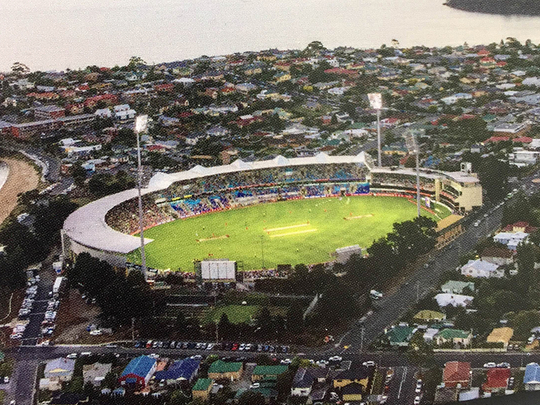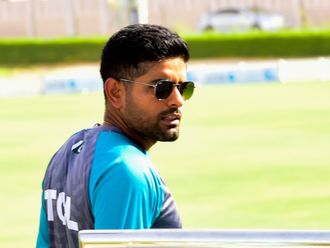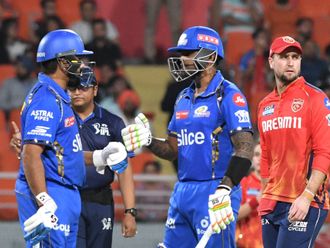
Hobart: The Bellerive Oval ground in Hobart from where I was reporting the Sri Lanka-Scotland match is one of the most beautiful cricket grounds in Australia.
The view from the press box gives one the feeling of being in a beach resort with the ground nestled on the eastern shores of the Derwent River and lying beneath a mountain.
Hobart residents seem to be extremely health conscious. Many can be seen jogging on the streets or cycling. And I had to climb exactly 67 steps to reach the press box as there are no lifts around.
No sooner did I enter the press box, that I was greeted with a box-full of red Tasmania apples and a picture postcard of the panoramic view of the stadium. The emphasis on health is evident even here as this is perhaps the only venue that serves fruits as snacks, rather than the usual cookies and cream rich pastries that are the staple at other venues.
The stunning island state of Tasmania is well known for its landscape, food, fruit and beverages. Tasmania was recently named among the world’s top ten places to visit in 2015 by Lonely Planet travel guide book. Interestingly, Tasmania’s size has often been compared to Scotland.
I could not help standing on the balcony for a good length of time and admiring the view from the stands. A volunteer spotted me gazing at the grounds and remarked: “Bellerive means beautiful river bank. Those mountains will be snow-capped between June to August.”
At lunch, I was chatting with a senior Sri Lankan journalist about how easy or difficult would it be for Kumar Sangakkara to retire from the game when he was in such superb form. “We only look at his scores, but he must be aware of the toll that the game has on his body; or else he would not take such a decision to retire in August,” he replied. As we were climbing the stairs back to the press box, he remarked: “Like cricket, these steps also test whether we journalists are fit enough to report.”
In the press box, you are greeted by a framed photograph of the 1987 Australian team led by Alan Border that toured India and Pakistan posing in front of the Red Fort in New Delhi, India’s capital. Many cricket books on the World Cup and its many glorious moments are all displayed for anyone to refer to.
Outside the press box, to my right is the Ricky Ponting stand and right in front is the David Boon stand. They are the two proud gifts of Tasmania to world cricket.
Tales about Ponting are proudly narrated by everyone here. According to one tale, when Ponting was 11, he played in a Northern Tasmania junior cricket competition and hit four centuries in a week. Bat manufacturers Kookaburra gave a sponsorship contract for Ponting after the match. “Do you know a former head of Northern Tasmania Schools Association had then remarked the boy was as talented as Boon. At that point little may he have realised he was talking about a boy who would go on to become one of Australia’s greatest captains and the second highest run getter in world cricket,” a volunteer remarked.
Incidentally, Ponting’s bat with which he hit his first century at the Bellerive Oval, which was in the possession of a memorabilia collector in Hobart, got stolen in January this year. It seems a Donald Bradman bat was also taken away by the thief.










